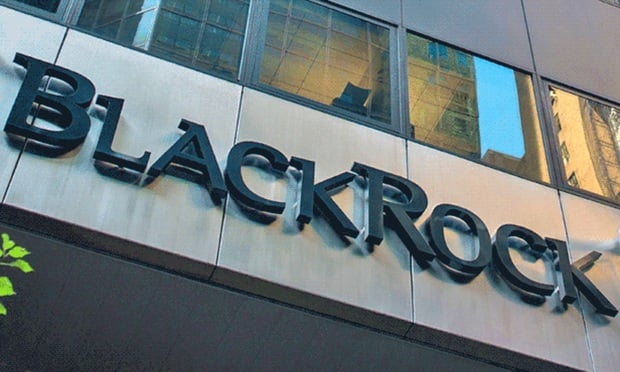Some six months after the implementation of the first round of plan sponsor-level fee disclosure regulations, many in the retirement industry are feeling a little like we all did after Y2K – a massive build-up to nothing in particular.
But according to a panel of experts gathered at the FRA's DCIO Market conference in Boston, retirement advisors and plan sponsors may start to see more tangible results to the regulations in the coming year.
"Act 1 of fee disclosure was 'Much Ado About Nothing,'" noted Phyllis Klein, senior director of Captrust Financial Advisors' consulting research group. "Acts 2 and 3 may be 'Kill All the Lawyers.' We're just in a bit of a honeymoon period for now, but the legal community will start peeling away that onion soon enough."
Recommended For You
Daniel A. Notto, senior VP and senior retirement plan counsel with AllianceBernstein Investments, Inc., suspects that litigation stemming from the disclosures is probably lurking on the horizon, as disgruntled participants eventually get around to opening their 401(k) fee statements and decide to enlist some legal help.
"We haven't seen lawsuits so far, but I have a feeling there's a hungry group of lawyers out there who will become more active," he says. "There's a roadmap to accuse plan sponsors of breaching their responsibility. And never underestimate the ingenuity of a class action law firm."
And while the long-anticipated fee disclosure regs had little impact with the general public, the experts suggest it's still imperative that retirement plan providers continue their efforts to educate advisors and plan sponsors, especially with that looming potential for litigation.
"One of the most important things I can do is to try to help advisors understand the disclosures," Klein said. "If they tell me they can't explain them to their clients, that's a problem for us. It's imperative to do anything you can to help them understand, versus just filing them away somewhere."
Frank Paone, director of platform management for Lord Abbett & Co., said the disclosures can help serve advisors in demonstrating their value – or even showing that they're being underpaid for their services to sponsors.
"We need to change the conversation and get everyone involved in the bigger picture of what's going on," he said. "You can also use fee disclosure as a conversation to get in front of potential clients – and advisors can take advantage of that, and use it as a feeder to get to the very lucrative IRA market."
All three agreed that in its haste to release the regulations, the Department of Labor neglected to craft a roadmap that makes it easier for sponsors and their advisors to actually find the occasionally well-hidden disclosures in plan documents – though they expect the DOL to issue that guide in the coming months.
Have there been any real benefits since 408(b)(2) was unveiled? Klein said she's starting to see more benchmarking, across the board, though the compression in costs is also creating a bit of a race to the bottom, in her opinion.
"People have to remember that it still costs money to have a retirement plan, and we want those platforms to be profitable," she said. "Overall, it turns out that fees are not really the deciding factor when it comes to plans – they're just a useful way to be able to show someone where they stand."
Ryan Mullen, senior managing director of MFS Fund Distributors, Inc., said the biggest benefit of the regulations might be an opportunity to talk to plan sponsors about value provided by plans, not just the fees themselves.
© Touchpoint Markets, All Rights Reserved. Request academic re-use from www.copyright.com. All other uses, submit a request to [email protected]. For more inforrmation visit Asset & Logo Licensing.






